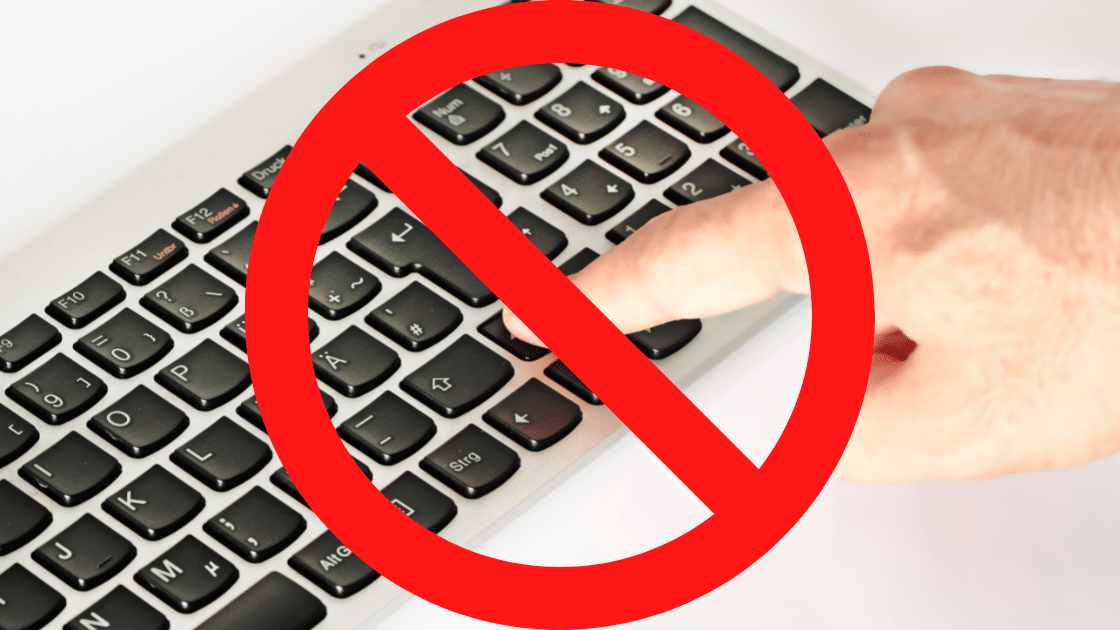Legacy Apps – If it isn’t broken, don’t fix it.
In a previous blog on legacy applications, I discussed some of the technical challenges and security risks that legacy application can put on your EUC environment. These include operating system compatibility issues, security vulnerabilities and inability to upgrade. While these are front and foremost in discussions around legacy apps, there are other crucial factors to take into consideration.
Legacy applications are often be left unmanaged, and this can be down to the simple fact that organisations are afraid to touch the application or make any changes to it. It often comes down to the old saying, “If it isn’t broken, don’t fix it.” IT teams are very aware that if they attempt to make any changes to the application or its supporting infrastructure, they could inadvertently introduce issues for the application that they may not have the knowledge or skill set to resolve.
For those legacy applications that organisations choose to manage, it can become a very costly requirement. Applications may have specific vendor support requirements that can involve support contracts. Similarly, if the application is running on older operating systems, this could require extended support be purchased for security updates. It may not even be the case that there is extended support available as operating system such as Windows 7 and Windows Server 2008 are gone end of life.
A lack of documentation for legacy applications is another challenge that many organisations face. It is often the case that these applications were installed a long time ago and were never properly documented. This closely ties in to the first point made about applications being unmanaged. Without the proper documentation of how the application functions, IT teams may simply be unable to make changes as they do not know the impact of them. In a similar vein, a lack of personal with knowledge of the applications due to staff leaving without proper knowledge transfer can be just as challenging.
Finally, and one that happens more often that people might expect, IT teams can face having no installation media for the application. This ties into the lack of documentation, it may never have been recorded exactly where it was stored. It may have been physical media that has since been lost. Even having the media doesn’t solve the problem if there is no instruction on how to install it.
Around the industry these are common issues and fears within IT departments, so do not feel alone or ashamed, it’s normal!! There are simple and cost-efficient ways of solidifying your legacy applications and enable migration to modern operating systems without ignoring it and waiting for something catastrophic to happen. Our team of EUC consultants take a technology agnostic approach, knowing organisations aren’t the same. Contact us to speak to one of our experts and avoid the dangers legacy applications may put on your organisation.

Shane O’Neill is a Citrix CTP/ EUC Architect here at Enterprise Solutions. He loves automation. Shane is constantly coding in C# and PowerShell to create new tools to make his life and that of other Citrix admins easier, and to fill in the gaps in automation and reporting that Citrix doesn’t currently provide. Holding certifications in Citrix, VMware, Cato Networks, Microsoft and Hyper-V to name just a few. Shane was named one of the first Citrix Technology Advocates in 2016 and has held the title of Citrix Technology Professional since 2019, one of only 60 worldwide.




